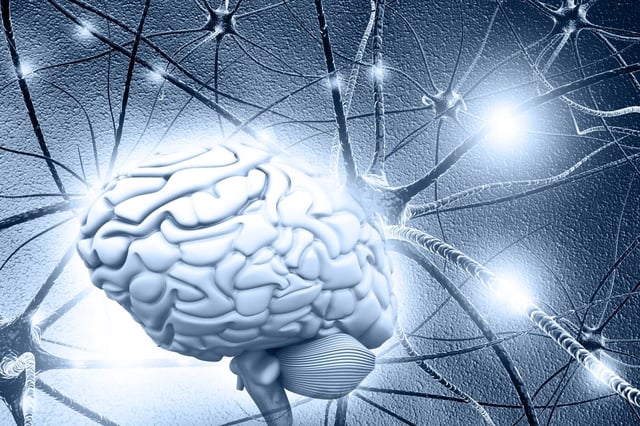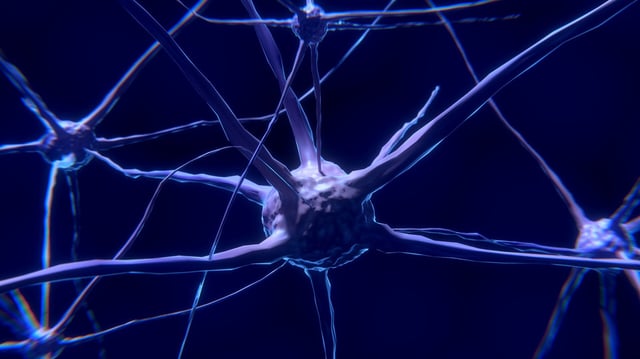Overview
- Neurons in fruit fly and human tauopathy models accumulate excess glycogen that binds to tau and impairs oxidative stress management.
- Restoring glycogen phosphorylase activity reroutes sugar toward the pentose phosphate pathway to produce NADPH and glutathione, which reduce tau-induced damage.
- Dietary restriction and the cAMP analog 8-Br-cAMP boost GlyP activity in flies and human cells, replicating neuroprotective effects.
- GLP-1 receptor agonists used for weight loss may mimic these metabolic benefits and represent a potential therapeutic repurposing.
- Protective mechanisms observed in frontotemporal dementia patient-derived neurons underscore the translational promise of targeting glycogen metabolism.


